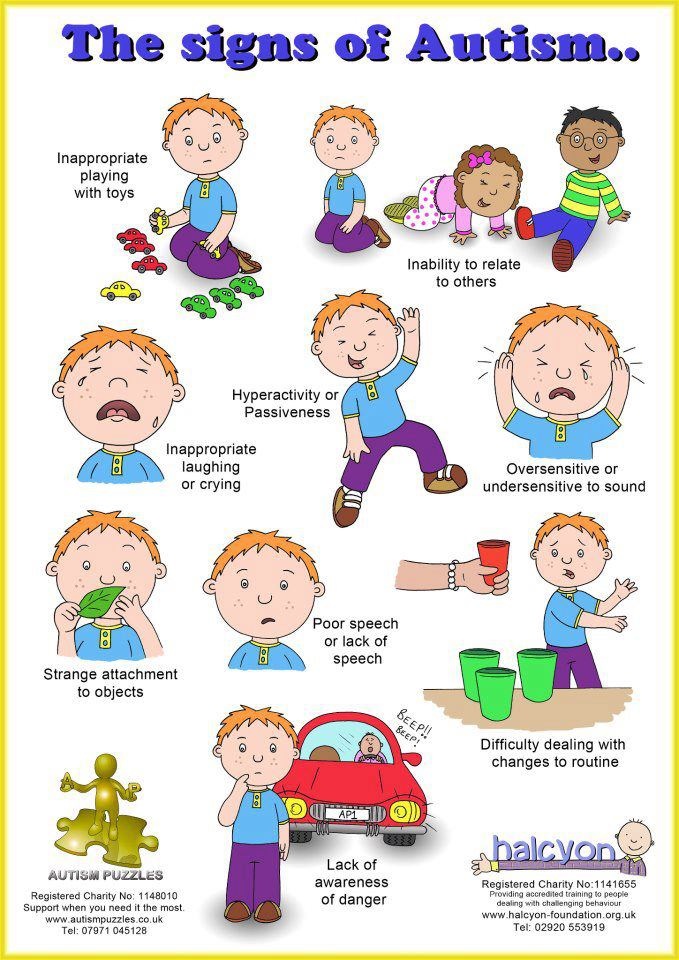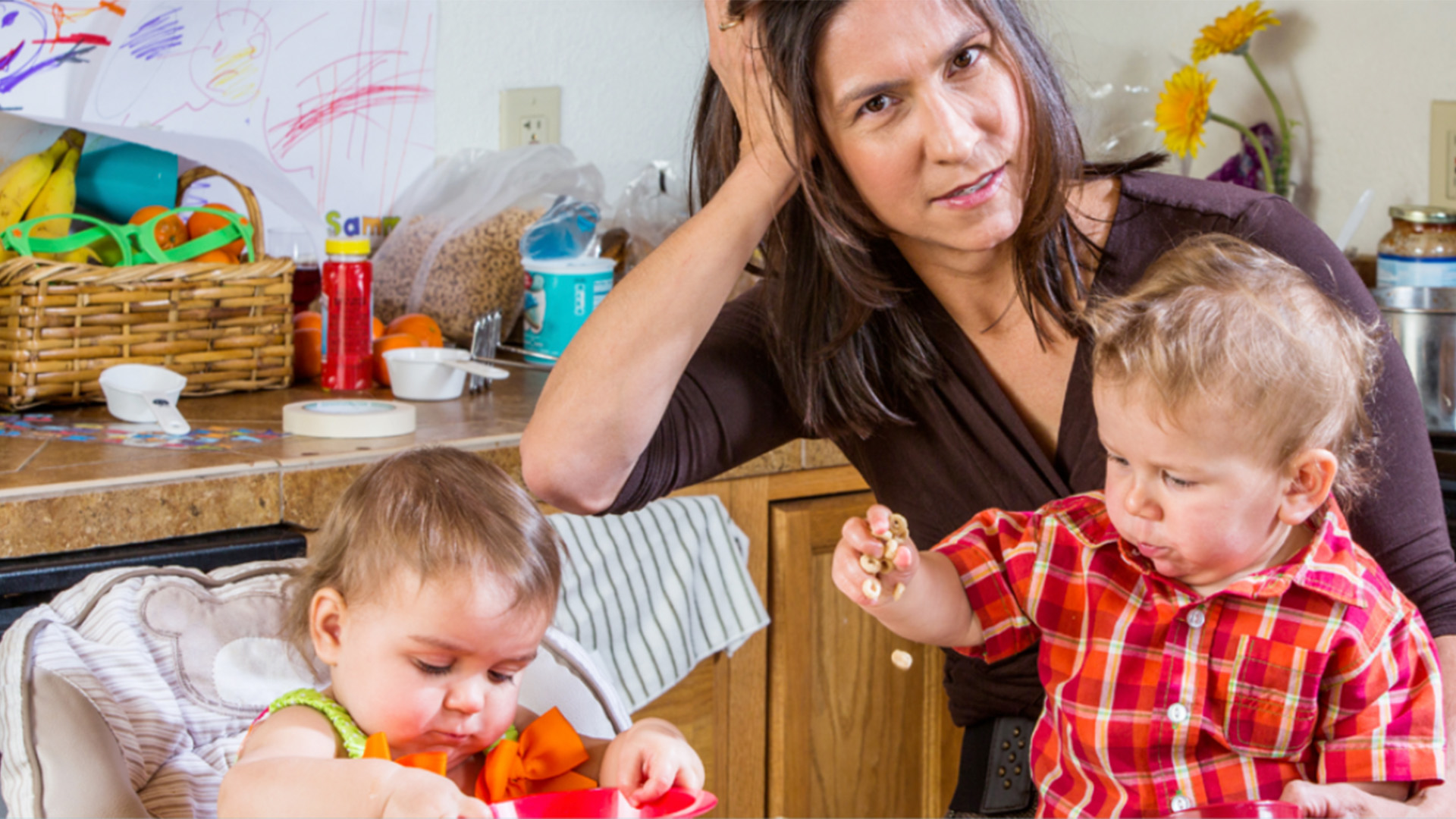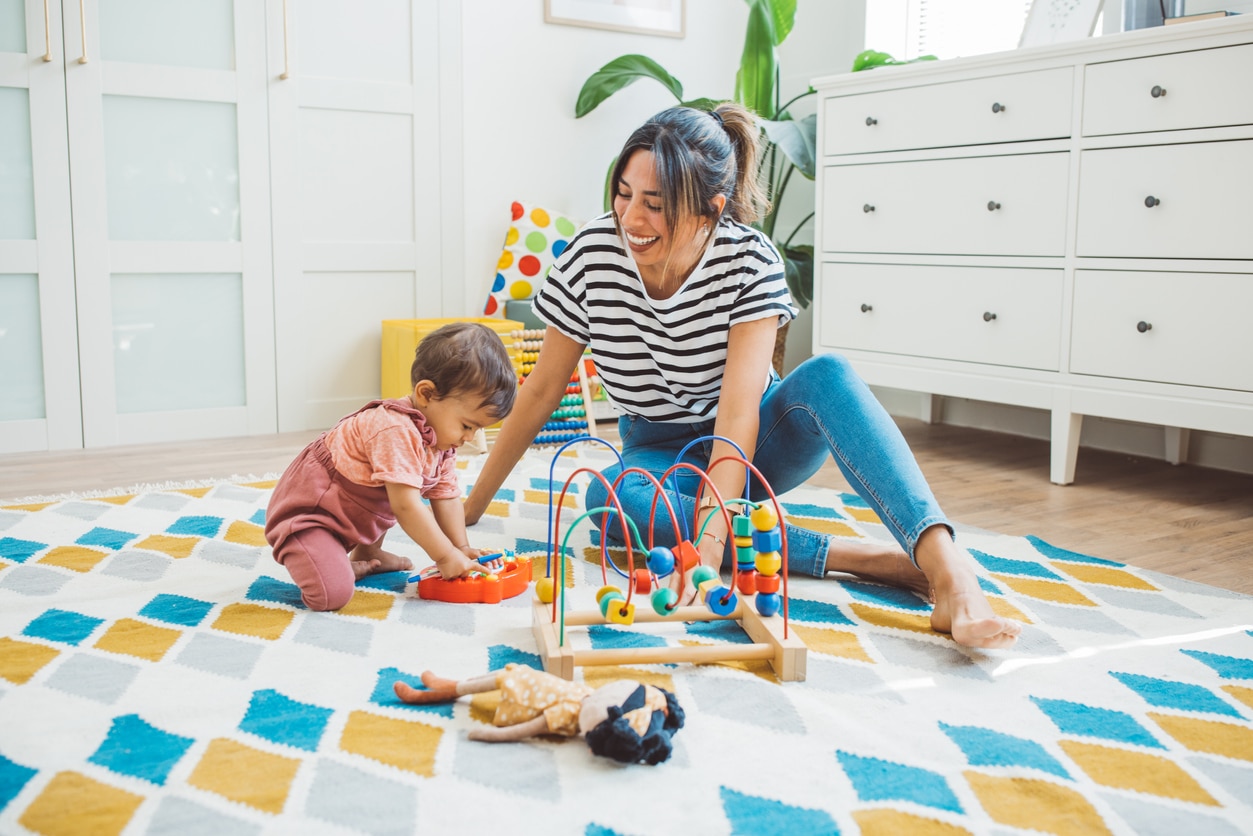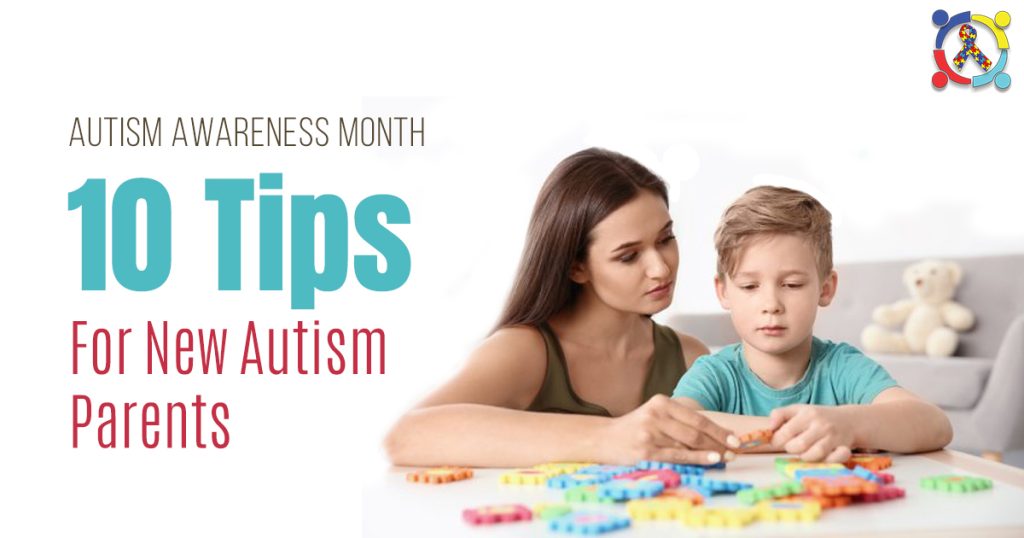Raising an autism baby brings unique challenges and rewards. Parents often seek guidance and support to nurture their child effectively.
Understanding autism’s impact can transform a parent’s journey. This blog provides insights and practical tips to help parents navigate this path. Autism, a developmental disorder, affects communication and behavior. Each child with autism is unique, with their own strengths and needs.
For parents, understanding these traits becomes essential. It helps in creating a nurturing environment for their baby. Support from family, therapists, and communities plays a crucial role. Practical strategies can make daily routines smoother and more enjoyable. This blog will explore helpful tips and resources. These are designed to support the growth and happiness of your autism baby. Join us as we delve into parenting strategies tailored for autism, offering hope and guidance along the way.
Recognizing Early Signs
Spotting early signs of autism in babies helps parents provide timely support. Notice unusual behaviors like limited eye contact or delayed babbling. Early recognition leads to better understanding and tailored care.

Recognizing the early signs of autism in babies can be crucial for timely intervention. As a parent, understanding these signs allows you to tailor your approach to your child’s unique needs. Being aware of subtle changes in your baby’s behavior, even when they seem insignificant, can make a big difference. Observing how your child interacts with their surroundings gives you valuable insights into their developmental journey.
Common Indicators
Parents often wonder what signs to look for in their babies. Some indicators include minimal eye contact and limited response to their name. You might notice your baby is not babbling or using gestures like waving. Another sign could be a lack of interest in interactive games like peek-a-boo. Watch for repetitive behaviors, such as hand-flapping or rocking. These can be early indicators of autism. Pay attention if your baby shows a strong preference for routines or specific toys. These signs can be subtle, yet they speak volumes about your baby’s development.
When To Seek Evaluation
You may ask yourself, “Is it time to seek professional advice?” If your baby shows several of these indicators consistently, consider an evaluation. Early diagnosis can provide access to resources and support. It is not about labeling your child but about understanding their needs. Consulting a pediatrician or a child psychologist can offer clarity. They can guide you on the next steps, including therapies or support groups. Remember, seeking evaluation is a proactive step. It opens doors to tailored strategies that enhance your child’s growth. Trust your instincts as a parent. If something feels off, it’s worth exploring. Your intuition is a powerful tool in your parenting toolkit.
Creating A Supportive Environment
Building a nurturing space aids autism development. Encourage playtime and sensory activities to foster growth. Consistent routines enhance predictability and comfort.
Creating a supportive environment for a child with autism is essential for their growth and happiness. It’s about understanding their needs and ensuring they feel safe and loved. As a parent, you have the unique opportunity to craft surroundings that cater to your child’s specific requirements. How can you transform your home into a haven of comfort and learning? Let’s dive into some practical tips that can make a world of difference.
Sensory-friendly Spaces
Sensory-friendly spaces are vital for children with autism. A calm and inviting environment can help reduce anxiety and over stimulation. Consider adding soft lighting and eliminating harsh noises. Use muted colors on walls to create a soothing atmosphere. Think about textures too. Soft rugs, bean bags, or cozy blankets can provide comforting tactile experiences. Is your child sensitive to certain smells? Using fragrance-free products might help. Simple changes can lead to a peaceful and welcoming space for your little one.
Routine And Structure
Children with autism often thrive on routine and structure. Having a predictable schedule can bring comfort and stability. Start by establishing daily routines for meals, playtime, and bedtime. Visual schedules can be a great tool; they give your child a clear picture of what’s coming next. Consistency is key. Stick to the schedule as much as possible, but be flexible when needed. Life can be unpredictable, and showing adaptability can teach your child resilience. How can you balance structure with spontaneity? Finding this balance can be rewarding for both you and your child. Creating a supportive environment takes thought and effort, but the benefits are profound. You are building a foundation for your child’s well-being. What changes can you make today to ensure your home is a nurturing space for your autism baby?
Communication Strategies
Supporting an autistic child involves patience and understanding. Use simple words and gestures to improve communication. Create a calm environment for better interactions.
### Communication Strategies As a parent of a child with autism, you might often wonder how best to communicate with your little one. Finding effective communication strategies can open doors to a deeper connection and understanding. Every child is unique, and what works for one may not work for another. By focusing on non-verbal cues and encouraging speech, you can foster a nurturing environment that supports your child’s communication journey. ####
Non-verbal Communication
Non-verbal communication is a cornerstone for connecting with your autism baby. Pay attention to gestures, facial expressions, and body language. These signals can speak volumes about your child’s feelings and needs. If your child points at a toy or reaches for an object, they might be expressing interest or desire. Reflect on a time when you could intuitively understand what your child needed without words. How did that moment feel? Use those experiences to build a stronger non-verbal communication channel. Create a visual communication board with pictures of common items, emotions, and activities. This tool can empower your child to express themselves. Why not try using sign language or simple hand signals? These can be effective in bridging the communication gap. ####
Encouraging Speech
Encouraging speech in children with autism requires patience and creativity. Celebrate small victories, like a new word or sound. Consider using songs and rhymes—they can be fun and educational. When your child attempts to speak, respond warmly to encourage further attempts. Echoing your child’s sounds and words can motivate them to try again. When your child says “ba” for ball, repeat “ball” back to them with enthusiasm. Create a playful environment where your child feels comfortable exploring sounds. Use interactive games that involve naming objects or actions. Have you thought about using technology? Apps designed for speech development can be a great resource. They offer engaging ways to practice language skills. What other strategies have you found effective in encouraging speech? Share your insights with other parents who are on this journey too.

Credit: learnbehavioral.com
Building Social Skills
Building social skills in children with autism is crucial. These skills help them interact with others effectively. Parents play a key role in this development. Through engaging activities, children can learn to communicate and connect. This process requires patience and understanding. Let’s explore some effective methods.
Interactive Play
Interactive play encourages social interaction. It involves games and activities that require teamwork. Simple games like tag or hide and seek can be beneficial. They help children understand social cues. Playtime also strengthens bonds between parent and child. It creates a safe space for learning. During play, children learn to share and take turns. These are essential social skills. Parents can include siblings or friends in these activities. This adds variety and encourages group interaction.
Social Stories
Social stories are short narratives. They describe social situations and appropriate responses. Parents can create stories based on daily routines. Use simple language and clear pictures. This makes it easier for children to understand. Reading these stories regularly helps children recognize social patterns. It prepares them for real-life interactions. Parents can involve their child in story creation. Ask them to draw or choose characters. This increases engagement and makes learning fun.
Managing Challenging Behaviors
Managing challenging behaviors in children with autism can seem overwhelming. These behaviors often arise from communication difficulties or sensory overload. Understanding and addressing the root causes is crucial. Parents can create a supportive environment that encourages positive behavior. With the right strategies, these challenges become manageable.
Positive Reinforcement
Positive reinforcement encourages desired behaviors in children with autism. Praise or reward the child when they exhibit good behavior. Use simple phrases like “great job” or “well done.” Small rewards like stickers or extra playtime work well. Consistency is key. Reinforce the behavior every time it occurs. Over time, the child associates good behavior with positive outcomes.
De-escalation Techniques
De-escalation techniques help calm a child during a meltdown. Stay calm and maintain a soothing voice. Reduce sensory input by dimming lights or lowering noise. Offer a comforting object like a favorite toy or blanket. Encourage deep breathing exercises to help the child relax. Give the child space if they need it, but stay nearby for support. Patience is essential. With practice, these techniques can become effective tools.

Credit: wellspringlearningcenters.com
Nutrition And Diet
Choosing the right foods can help manage autism symptoms in babies. Consider balanced meals rich in fruits, vegetables, and proteins. Consulting a nutritionist may provide personalized insights for your child’s diet.
Understanding the right nutrition and diet for your baby with autism can feel overwhelming. Yet, focusing on this aspect can significantly impact their development and behavior. Proper nutrition not only supports physical growth but also plays a crucial role in managing symptoms associated with autism. By making mindful choices about your baby’s diet, you can promote better health and enhance overall well-being.
Dietary Considerations
Every child is unique, and so are their dietary needs. For a baby with autism, certain foods might trigger sensitivities or digestive issues. Many parents find that eliminating gluten and casein can make a difference. This means avoiding wheat and dairy products. It’s worth considering if your child shows signs of intolerance. Maintain a balanced diet with plenty of fruits, vegetables, and lean proteins. This ensures your baby gets essential nutrients without relying on processed foods. Keep a food diary to identify any correlations between diet and behavior. Wouldn’t it be interesting to see if certain foods affect your child’s mood or energy levels?
Supplements And Autism
Supplements can be a useful addition to your child’s diet, providing nutrients that might be lacking. Omega-3 fatty acids are known to support brain health. Consider adding fish oil supplements if your child isn’t getting enough from their diet. Vitamin D is another important supplement. It supports immune function and is crucial for bone health. Many children with autism have low levels of vitamin D. A simple blood test can help determine if supplementation is needed. Before adding any supplements, consult with a healthcare professional. It’s essential to ensure that your child receives the right amounts without causing harm. Have you noticed any changes in behavior after starting supplements? Observing these changes can guide you in making informed decisions. By focusing on nutrition and diet, you are taking a proactive step towards supporting your child’s health. Each adjustment is a step towards understanding your child better and providing them with the best care.
Collaborating With Professionals
Collaborating with professionals is vital for supporting an autism baby. Expert guidance can make a significant difference. Building strong connections with therapists and specialists helps in addressing unique needs. Also, educational support ensures a tailored learning experience. These partnerships empower parents to navigate challenges effectively.
Therapists And Specialists
Therapists play a crucial role in your child’s development. They offer personalized strategies to improve communication and behavior. Occupational therapists focus on sensory integration and daily skills. Speech therapists enhance language abilities and social interaction. Regular sessions provide consistent progress tracking. Specialists offer insights based on their expertise. They collaborate to create a comprehensive care plan. This teamwork leads to better outcomes.
Educational Support
Educational support is essential for an autism baby. Schools often provide specialized programs. These programs accommodate different learning styles and paces. Individualized Education Plans (IEPs) tailor educational goals. Teachers trained in autism understand unique challenges. They adapt teaching methods to suit your child’s needs. Collaboration with educators fosters a supportive learning environment. Regular updates on progress keep everyone informed. Together, they create a nurturing educational journey.
Self-care For Parents
Parenting a child with autism comes with unique challenges. Amidst the daily routines, parents often overlook their own needs. Self-care is crucial for maintaining mental and physical health. It helps parents stay strong, patient, and loving. Prioritizing self-care ensures parents can support their child effectively. Let’s explore some vital aspects of self-care for parents.
Stress Management
Stress can impact both parents and children. Finding ways to manage stress is essential. Try relaxation techniques like deep breathing or meditation. Exercise regularly to release tension and boost mood. Set aside time for hobbies or activities you enjoy. Remember, taking breaks is not selfish. It benefits both you and your child.
Seeking Community Support
Connecting with others can provide much-needed support. Join local or online support groups for parents of autistic children. Sharing experiences can offer comfort and practical advice. Attend workshops or seminars to learn more about autism. Don’t hesitate to reach out to friends or family for help. Building a supportive network eases the parenting journey.
Frequently Asked Questions
How Do You Parent An Autistic Baby?
Provide a structured routine and a calm environment. Engage with sensory-friendly activities. Communicate clearly and consistently. Offer positive reinforcement for desired behaviors. Collaborate with therapists and healthcare professionals for tailored support. Prioritize patience and understanding to nurture your child’s development.
What Parenting Style Is Best For Autism?
The best parenting style for autism is often a blend of structure, support, and flexibility. Consistent routines help provide stability. Positive reinforcement encourages desired behaviors. Tailoring approaches to the child’s unique needs promotes growth and understanding. Engaging with professionals can offer additional guidance and support.
What Is The Hardest Age With An Autistic Child?
The hardest age for an autistic child varies, often challenging during toddler years or adolescence. Each child’s experience differs. Parents may find ages 2-5 or teenage years particularly difficult. Support and understanding are essential throughout.
What Are Early Signs Of Autism In Babies?
Early signs include lack of eye contact, limited response to name, and repetitive movements. It’s important to observe these behaviors.
How Can I Support My Autistic Baby’s Development?
Engage with them using simple games and routines. Encourage communication. Provide a calm environment for growth.
How Do You Settle An Autistic Baby?
Create a calming environment with soft lighting and soothing sounds. Use gentle touch and speak softly. Establish a consistent routine to provide comfort and predictability. Offer sensory toys to help regulate emotions. Pay attention to cues and adjust approaches as needed.
Always ensure safety and patience while settling the baby.
Conclusion
Parenting a child with autism involves patience and love. Remember, each child is unique. Celebrate small achievements every day. Create a safe and comfortable space at home. Encourage your child’s interests. Simple routines can help reduce stress. Use clear and kind communication.
Seek support when needed. Connect with other parents. Learn from shared experiences. Trust your instincts as a parent. Stay positive and hopeful. You are not alone on this journey. Your love makes a big difference. Keep learning and growing together.
Your child can thrive with your support.

